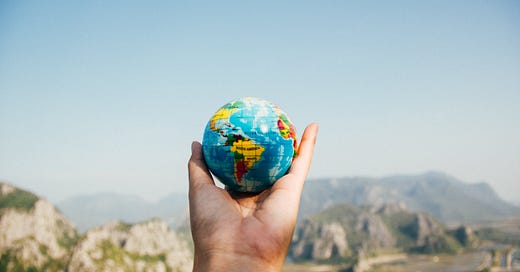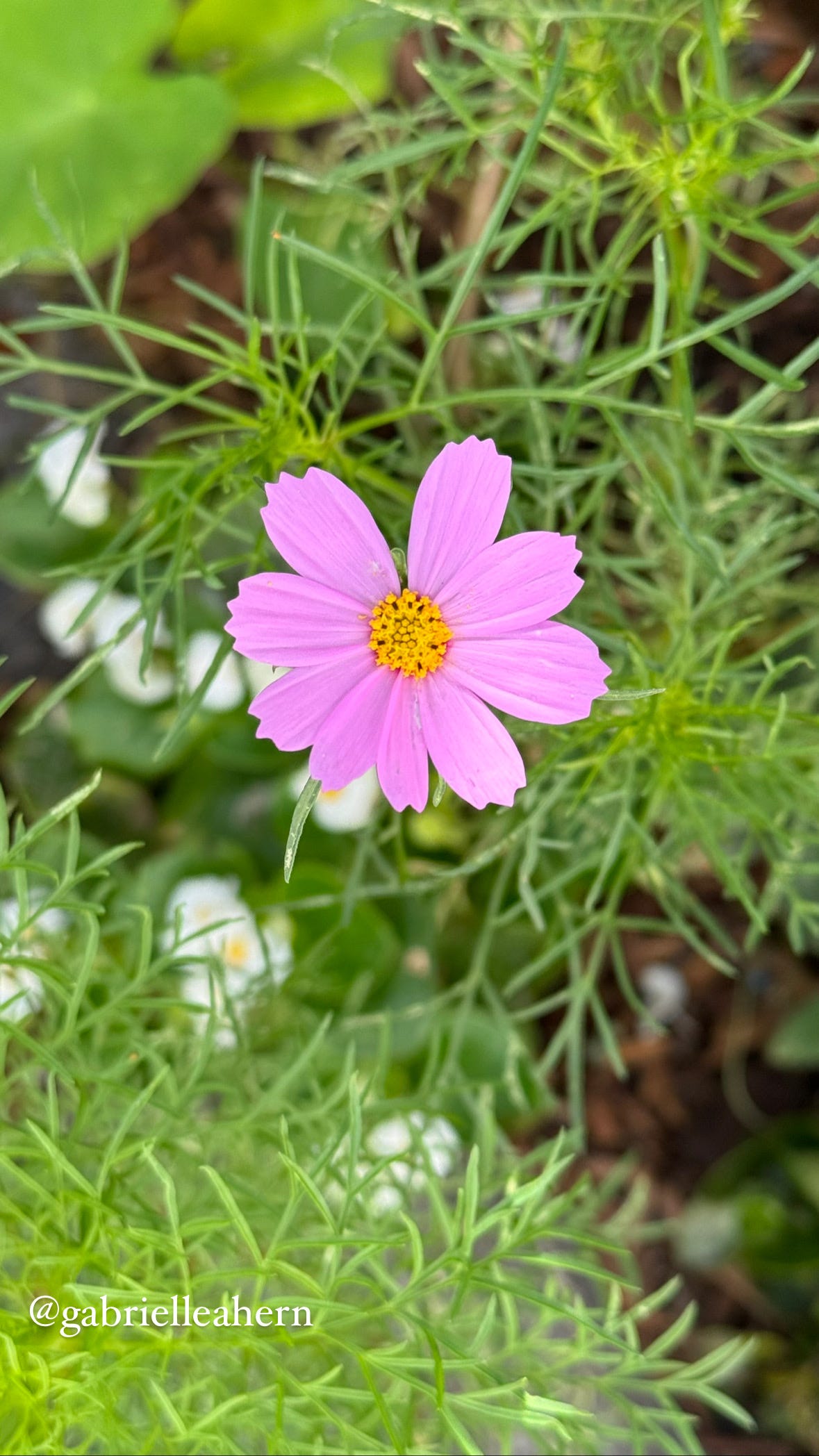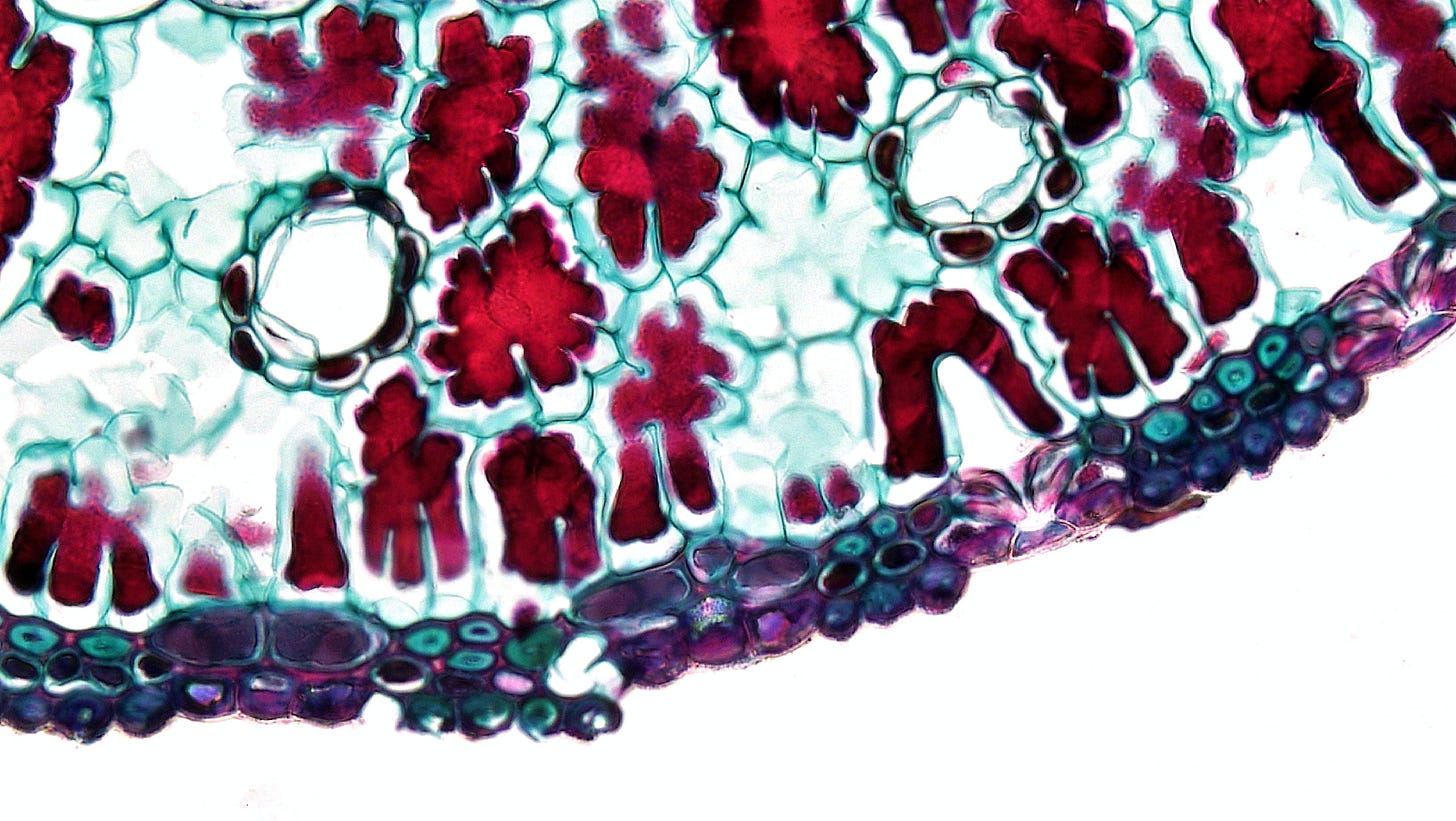WELCOME
Welcome to the Salty Wave® Newsletter (November 2023) a place where curious digital travelers can discover the weird and wonderful of science, follow my strange sidetracks into nature, listen to soundscapes, and learn a bit of scientific knowledge and lab talk. I specialize in producing videos for scientists, labs, institutes, museums, and universities, creating Research Journey Narratives.
This month there is something for everyone to read, view or listen to.
Here are the stories for November:
· Strange Sidetrack into Nature
· Technically Infused Solutions
· Soundscape Adventure into ASMR
· Video Project Update: Earth in Focus
· I Dig This
Image by Porapak Apichodilok
Strange Sidetrack into Nature
I thought I would share a flower from my garden as one of my strange sidetracks into nature. Cosmos flowers are one of the many flowering plants that belong to Family Asteraceae or sunflower family, with 32 000 identified species.
The only place where flowers in this family don’t grow is Antarctica, but the flowering plants Colobanthus quitensis and Deschampsia antarctica do. The oldest Asteraceae flower fossil has been dated back approximately 76 to 66 million years ago (the Late Cretaceous period), and ironically it was found in Antarctica.
Asteraceae flowers are in high demand by florists; as herbal treatments; food items; and garden plants🪴🌸
Reference
Global warming is affecting Antarctica, but image of flowers is from elsewhere | Fact check.
Technically Infused Solutions
Going to the doctor or receiving treatments for diseases or physical ailments will soon be revolutionized with the development of tiny robots. These robots can be deployed inside your body and structured to tackle bad cells like cancer.
Learn more here: Miniature medical robots step out from sci-fi. Anthony King. (Paid article).
Other research studies are training AI software to make decisions on a level parallel to human judgement. One example is an AI chatbot dubbed AI Jesus (hosted by Twitch), that is programmed with a moral code. Gamers who play DOOM can ask questions about interacting with the game.
Computer software engineers are also programming chatbots to promote ‘certain values’ through a process called “supervised fine-tuning” - adding rules and retraining chatbots with responses provided by human reviewers. Human bias is regarded as necessary to creating an efficient system and algorithms are being created to represent the complexity of human nature, with AI chatbots trained to think and respond ethically.
Read more in How robots can learn to follow a moral code. Neil Savage. (Open Access).
In addition, AI and machine learning programs are being applied to refine processes and procedures applied by health practitioners and researchers, giving practitioners more time to attend to their work.
You’ll find the list of stories describing the technically infused advancements in development here: Research and reviews. Curated from the Nature Portfolio journals. (Open Access).
Cell Seen Under Microscope by Fayette Reynolds M.S.
Soundscape Adventure into ASMR
Most people take their surroundings for granted because they’re used to practicing patterns of behavior that reflect their social culture, beliefs, study, work or personal commitments. People are often unaware of subtle noises linked to their environment; they disappear under a veil of familiarity.
A popular soundscape trend people are following is linked to ASMR or Autonomous sensory meridian response = “a tingling sensation that usually begins on the scalp and moves down the back of the neck and upper spine - commonly triggered by specific auditory or visual stimuli, and less commonly by intentional attention control” (Wikipedia - ASMR). You’ll find many published videos and podcasts presenting hours of visuals and sounds like rainfall, whispering, or crinkly sounds produced to stimulate the senses (Wikipedia - ASMR).
The sounds we take for granted today are connected to the natural environment, technical innovations and philosophical advancements that drive change in modern society. In the soundscapes of the future, the ASMR experience will probably be quite a different thing altogether, especially if the human race populates the Moon or Mars.
Here is a video with 4 hours of pages being turned to help people sleep and relax by Just Paper ASMR (Open Access).
Photo by Andrey Grushnikov
Video Project Update: Earth in Focus
A couple of months ago I started to independently produce a new self-funded science video series - I called it Planet Earth: Our Home in Focus.
In this series, I explore a wide range of topics related to Earth sciences and the environment. The series starts with Ecosystems and Biodiversity, where we dive into different ecosystems around the world, from rainforests to deserts, and discuss the importance of biodiversity.
Ep 1 investigates the world of the Clownfish and Sea Anemone, two of the many amazing sea creatures who inhabit the largest ecosystem on the planet, the Ocean.
Ep 2 features the Jellyfish, an intriguing group of aquatic animals that have an extraordinary range of forms and novel superpowers.
Ep 3 follows the amazing sea turtle, a marine reptile that has existed on Earth for 100 million years.
Ep 4 tells the story of the Giant Clams, a mighty group of mollusks that are members of the coral reef community, and notable for their marvelous mantle colours.
In Ep 5, we dive into the world of the Cetaceans. Among these creatures, the blue whale is the largest existing animal on the planet; and the sperm whale possesses the largest brain of all existing mammals. These marine animals belong to a diverse group of animals who have lived in the Earth’s oceans for millions of years.
Hope you are enjoying the video series so far. In addition to the fascinating visuals and breadth of knowledge published about our planet, I highlight the soundscapes - which are such interesting places to investigate and learn from. There is so much data available and it’s challenging to read everything that’s out there, so I have chosen the bits I find interesting. I’ve left a few breadcrumbs so you can go exploring.
If you want to learn more, please subscribe to watch or listen to the videos for free via YouTube @saltywaveau.
Visual Story Telling
If you’re based at a university, lab, museum, science institute or non-profit organisation, and you have a science video project in mind, message me via my Salty Wave website, to receive more information or arrange a meeting to discuss how I can create a narrative that shares your science research journey with the global community.
Photo by ThisIsEngineering
I Dig This by Rocket the Dog
It’s Rocky here with a short message! I have lots of shenanigans happening, going on sniffaris, play dates, snoozes and posting as many messages as possible on the wood-wide-web before Christmas! Here’s a snap of me on one of my adventures where I found a jellyfish!
Don’t pawget, if you want to share your shenanigans about treatos, stuffed frens or sniffaris here, I’m contaktibel through my hooman. You can find my floofy tail on Instagram, Facebook, Mastodon & Twitter 💙 Rocket 🐾 @saltywavedog🐶
End Point
We’ve reached the endpoint of the Newsletter and I hope you enjoyed learning more about the curiosities of science with Salty Wave Stories! The results of the photography competition were announced and I didn’t receive any mentions but I’m going to persevere and enter my photos into more competitions.
Next month’s edition will feature more interesting tales and updates about my video projects & a repawt from Rocky!
See you in December!
Gabrielle Ahern, Founder / Visual Storyteller, Salty Wave®
Salty Wave® specializes in science video production. I do all the work while you do all the fun stuff like making discoveries and developing applications that create a better world to live in.
Gabrielle Ahern









